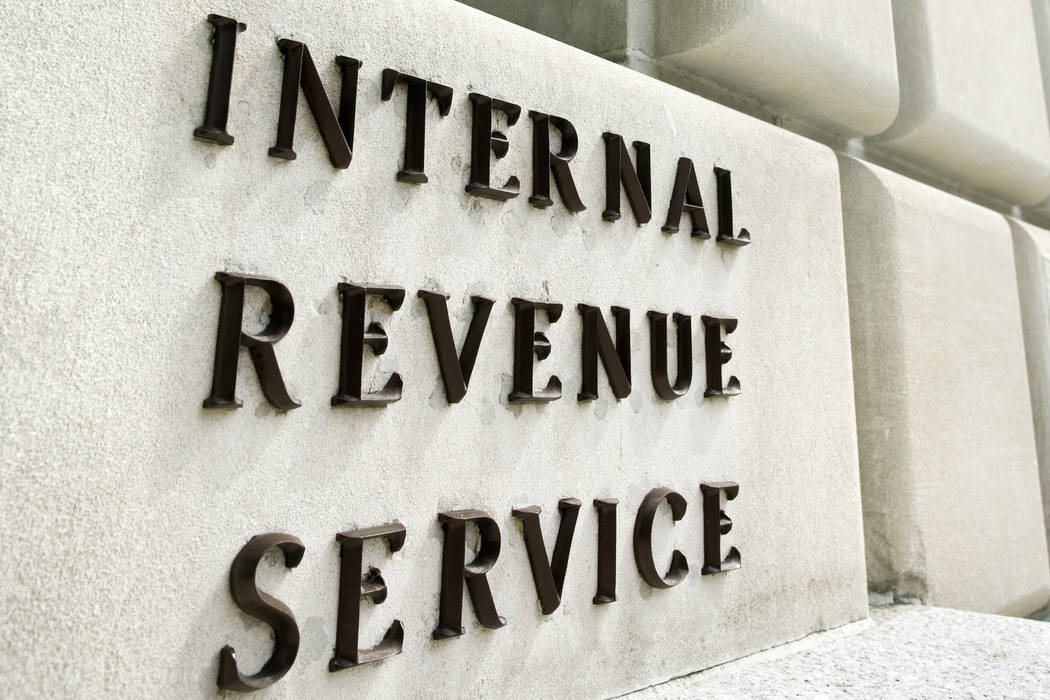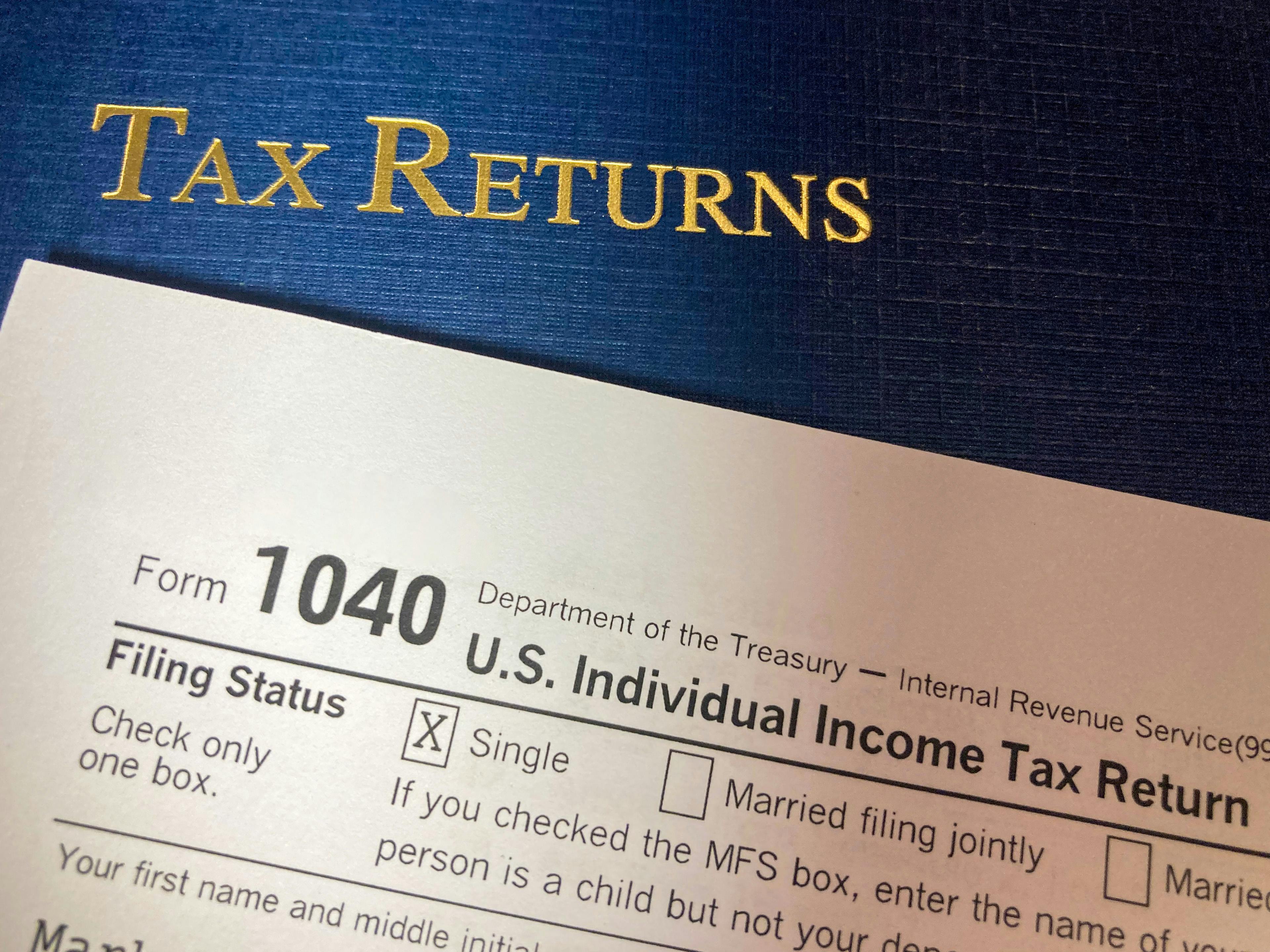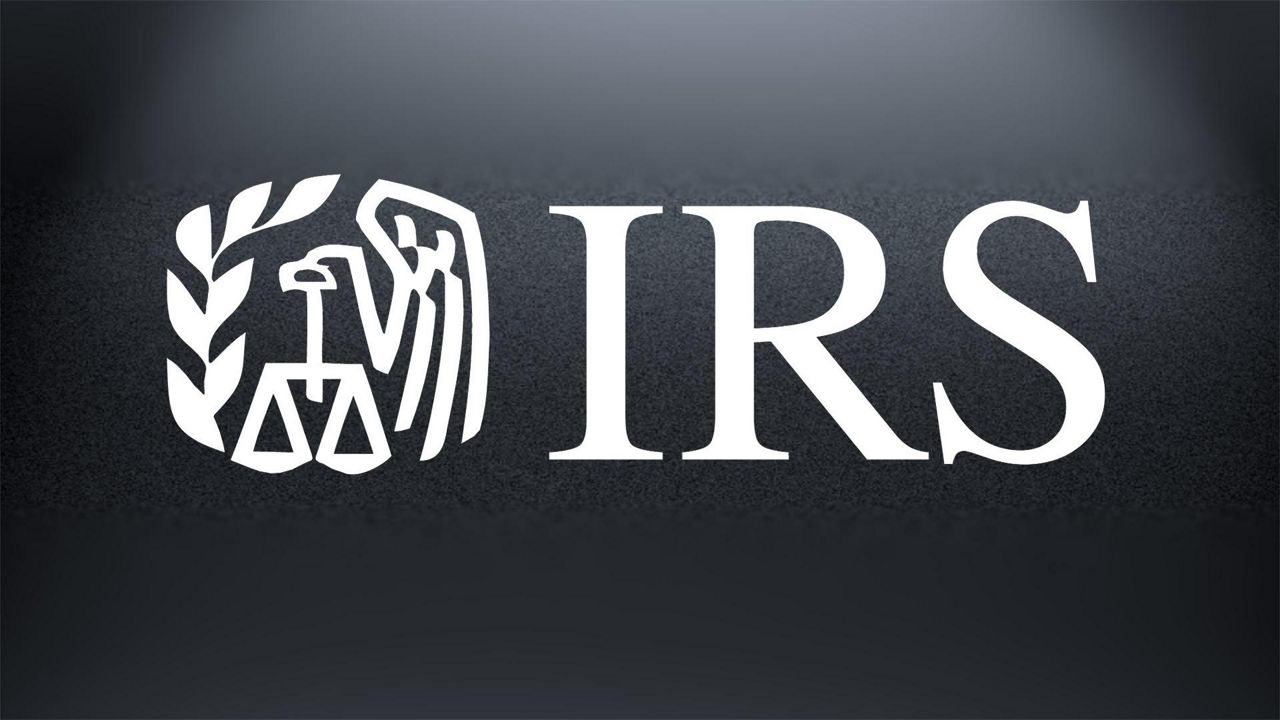Introduction
Blog
Understanding Direct Filing with the IRS: A Comprehensive Guide
 The United States Internal Revenue Service (IRS) is responsible for collecting taxes, enforcing tax laws, and providing taxpayer services. One of the most important aspects of filing taxes is understanding the different ways to file with the IRS, including direct filing. In this article, we will delve into what direct filing is, how it works, and the benefits of using this method.
The United States Internal Revenue Service (IRS) is responsible for collecting taxes, enforcing tax laws, and providing taxpayer services. One of the most important aspects of filing taxes is understanding the different ways to file with the IRS, including direct filing. In this article, we will delve into what direct filing is, how it works, and the benefits of using this method.

 Direct filing is a process where taxpayers submit their tax returns directly to the IRS without going through an intermediary, such as a tax professional or accountant. This method allows individuals to file their taxes electronically, making the process faster, more convenient, and cost-effective.
Direct filing is a process where taxpayers submit their tax returns directly to the IRS without going through an intermediary, such as a tax professional or accountant. This method allows individuals to file their taxes electronically, making the process faster, more convenient, and cost-effective.

 There are several advantages to using direct filing with the IRS:
Speed: Electronic filing is significantly faster than traditional paper filing methods. With direct filing, taxpayers can expect their returns to be processed in a matter of minutes, rather than days or weeks.
Convenience: Filing taxes electronically eliminates the need for printing and mailing physical copies of tax returns, making the process more efficient and hassle-free.
Cost-Effectiveness: Direct filing typically costs less than hiring a tax professional or accountant to prepare and submit your return.
Accuracy: Electronic filing reduces the risk of errors due to manual data entry, ensuring that taxpayer information is accurate and up-to-date.
There are several advantages to using direct filing with the IRS:
Speed: Electronic filing is significantly faster than traditional paper filing methods. With direct filing, taxpayers can expect their returns to be processed in a matter of minutes, rather than days or weeks.
Convenience: Filing taxes electronically eliminates the need for printing and mailing physical copies of tax returns, making the process more efficient and hassle-free.
Cost-Effectiveness: Direct filing typically costs less than hiring a tax professional or accountant to prepare and submit your return.
Accuracy: Electronic filing reduces the risk of errors due to manual data entry, ensuring that taxpayer information is accurate and up-to-date.



Table of Contents
- IRS
- IRS Announces 1st Relief Payments, Says More to Come
- 20 Facts About Internal Revenue Service (IRS) - Facts.net
- IRS Warns On New Scam Targeting Tax Professionals
- Exposed: IRS Is Colluding With Banks To Unfairly Target U.S. Citizens ...
- सुपौल का पंचनामा! नौकरी छोड़ ये IRS बनेगा सांसद, सुपौल में भी नीतीश को ...
- IRS reaches out two-income families, taxpayers working multiple jobs ...
- Irs Photos, Download The BEST Free Irs Stock Photos & HD Images
- 5 Tricks for Dealing With the IRS |Small Business Sense
- IRS requires more info for digital asset transactions



What is Direct Filing?



The Benefits of Direct Filing


How to File Taxes Directly with the IRS
To file taxes directly with the IRS, taxpayers must meet certain eligibility criteria: Eligible Forms: The IRS offers direct filing for select forms, including individual income tax returns (Form 1040) and business income tax returns (Forms 1120, 1120-S, and 1065). Electronic Filing Options: Taxpayers can choose from various electronic filing options, such as the IRS Free File program, which provides free e-file services for eligible taxpayers. Software and Preparation Tools: The IRS offers a range of software and preparation tools to help taxpayers prepare their tax returns, including popular programs like TurboTax and H&R Block.